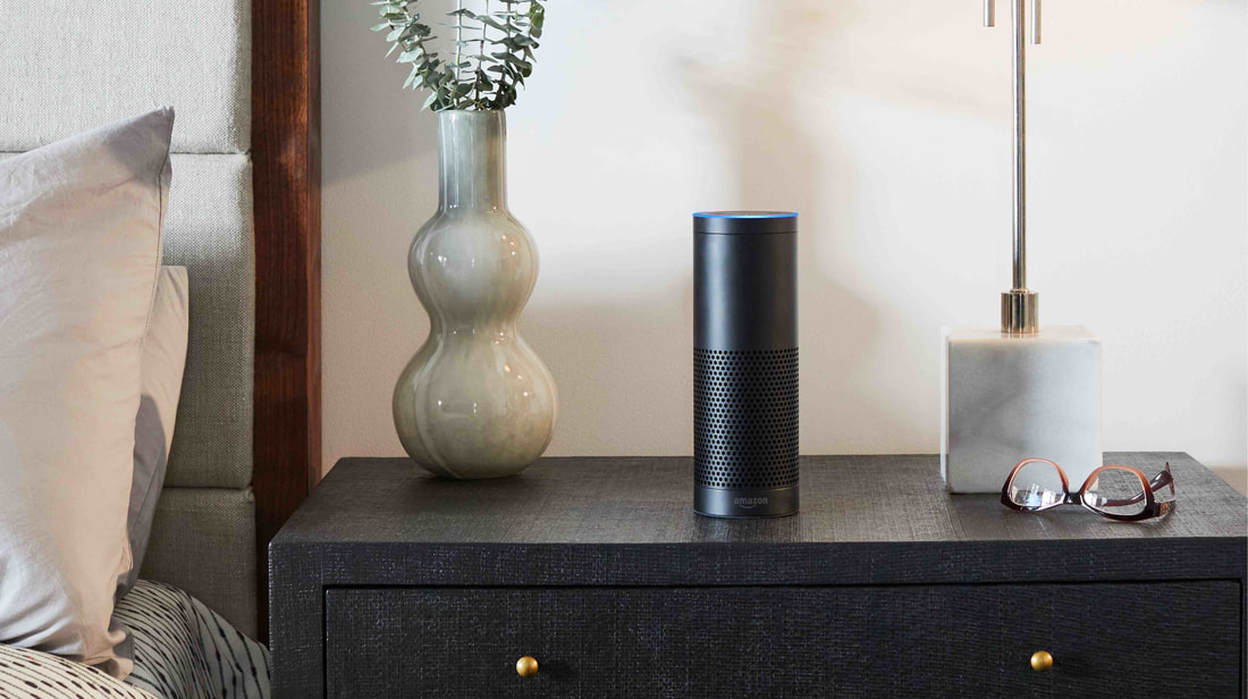|
Until very recently, little technology was available to help older people “age in place” – that is, continue living in the comfort, privacy and security of their own homes, rather than a senior residence or nursing home. For years, the only game in town was the so-called life pendant, frequently advertised on TV. You remember the ads: an elderly woman living on her own has fallen and can’t get up. But she’s wearing an electronic pendant with a button she can push to alert the authorities that she’s in trouble. Such “technology” has been available for decades. The only problem with the life pendant – technically known as a “personal emergency response system,” or PERS – is that it’s designed to help only after an emergency has occurred. In just the past couple of years, however, technology companies have developed a slew of applications to help elderly residents remain in their homes. A recent Washington Post article highlighted a number of new and soon-to-be-launched products that are designed more to prevent emergencies than respond to them. A company called LifePod is adopting voice technology such as the Amazon Echo and Google Home to help keep an eye on seniors who live alone. Using Alexa, the voice of Amazon Echo, LifePod can periodically check in with an elderly resident and even remind them to take their medication. From the Washington Post article: “Voice-assistive technologies like the Amazon Echo, Google Home and HomePod are likely to play a bigger role in helping seniors age in place, especially when paired with apps geared specifically for senior living, predicts Majd Alwan, executive director of the LeadingAge Center for Aging Services Technologies (CAST).” An app called AskMarvee, for example, “integrates with Amazon Echo via an online portal to allow seniors to immediately connect with family members for a quick check-in or if something more serious is going on.” In Japan, they’re even experimenting with robots to help support the elderly. For now, the experiments are limited to hospitals and nursing homes. But the Japanese government hopes that by 2020, some 80 percent of the elderly in Japan will receive care from robots, according to a recent report in The Guardian newspaper. “Japan’s culture provides a ripe environment for widespread acceptance of robots,” according to the report. “Since the dawn of automation, its society has generally accepted and trusted robots.” Whether elder-care robots would be accepted in the United States remains to be seen. But less-futuristic applications already are available. In addition to voice technology like Alexa, companies including Alarm.com offer home-monitoring systems that employ cameras, microphones and motion detectors. Such systems allow the children of an elderly mom, for instance, to see if she “is moving around, if she’s sleeping (or not), if she forgot to lock the door and, based on a sophisticated algorithm that detects behavioral patterns, whether her activity level or eating habits have changed significantly.” Alarm.com’s system costs $45-$60 per month, according to the Washington Post, plus a one-time installation fee. Simply installing video cameras in a senior’s home can help provide peace of mind for his or her family. At Twin Lights Home Care, we learned this first hand when the daughter of a client sent us a video clip showing an interaction between her mother and a live-in aide we provided. The mother, who has dementia, repeatedly called the aide into her room, but couldn’t remember why. After a while, the aide challenged the client about why she kept calling her – even though the aide was aware of the woman’s condition. The client’s daughter was rightfully concerned. There was something about the aide’s tone of voice the daughter didn’t like. The aide had a long track record of providing excellent service, and she likely was tired after being kept awake for many hours. But the daughter’s concern was enough for us to bring in a new aide to care for her mother. The video camera provided essential information about both the client and aide, allowing us to evaluate their relationship and bring in an aide who was better suited to that particular client. Written by T.J. Foderaro
1 Comment
|
AuthorT.J. Foderaro Archives
February 2020
Categories
All
|
Copyright © 2023, Twin Lights Home Care, All RIghts Reserved

 RSS Feed
RSS Feed
